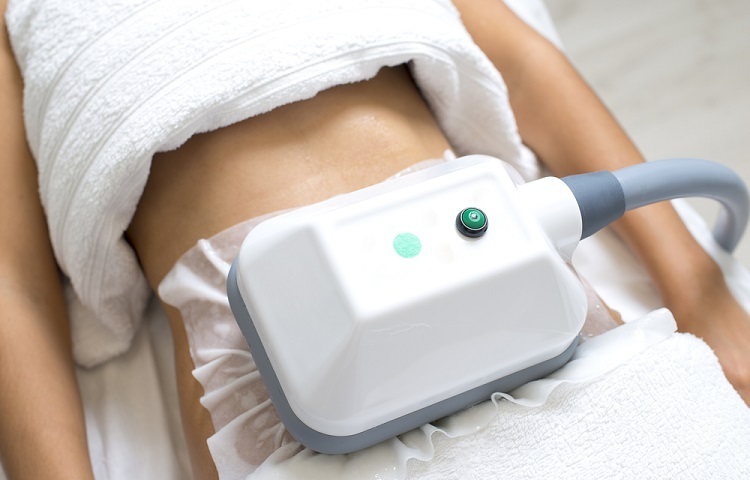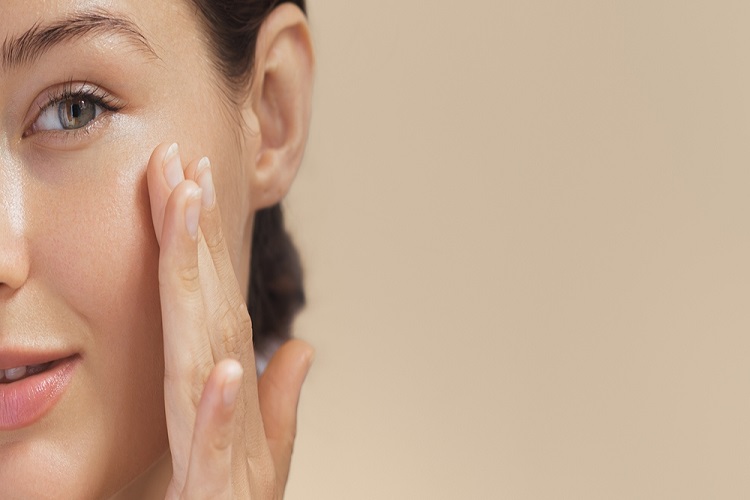Fat freezing is a relatively new treatment that uses cold temperatures to target fat cells. The procedure can help you lose inches from stubborn areas like the belly and love handles by destroying fat cells, which reduces their ability to store lipids (fats) and leads to their gradual elimination.
Fat freezing is a non-surgical procedure that can be used to reduce fat in specific areas of the body. The procedure uses cold temperatures and radiofrequency energy to freeze the fat cells, which causes them to die and shrink over time.
The most common area for this treatment is on the abdomen, but it can also be used on other parts of the body as well. It’s important to note that fat freezing isn’t meant as an alternative to liposuction — it’s simply another option for those who don’t want surgery or are looking for something less invasive than liposuction.
Table of Contents
Fat freezing treatment procedure
A local anesthetic is used during this procedure so you won’t feel any pain during treatment, but some people may experience some discomfort afterward due to inflammation or swelling. You’ll receive instructions about how long after treatment it’s safe for you to exercise or go back into your regular routine without putting too much stress on your body. Most people find that they heal within a week.
How fat-freezing works
Fat freezing works by using cold temperatures and radiofrequency waves to destroy fat cells. The procedure is performed by injecting a coolant into stubborn pockets of fat under your skin where you have unwanted bulges or bumps and then applying radiofrequency waves to help destroy those cells. The cold temperature causes the fat cells to die, which then shrink over time as they’re naturally eliminated from your body.
The fat-freezing process is quick and simple: The doctor or technician will place thin pads on your skin and then use a large ultrasound device to freeze the targeted area for about an hour. Afterward, you’ll feel some mild discomfort in the treated area, but most people don’t need any pain medication afterward.
Fat-freezing treatments require multiple sessions to achieve optimal results — typically three to six weeks apart — so plan on making several trips to your doctor’s office over a period of several months. Some people notice results within two weeks while others may take longer; the length depends on how many sessions you need and how quickly your body metabolizes fat cells after each session.
If you are looking for fat freezing in Edinburgh, visit us at https://www.contourclinic.co.uk/cryogenic-lipolysis-fat-freeze/.










Comments